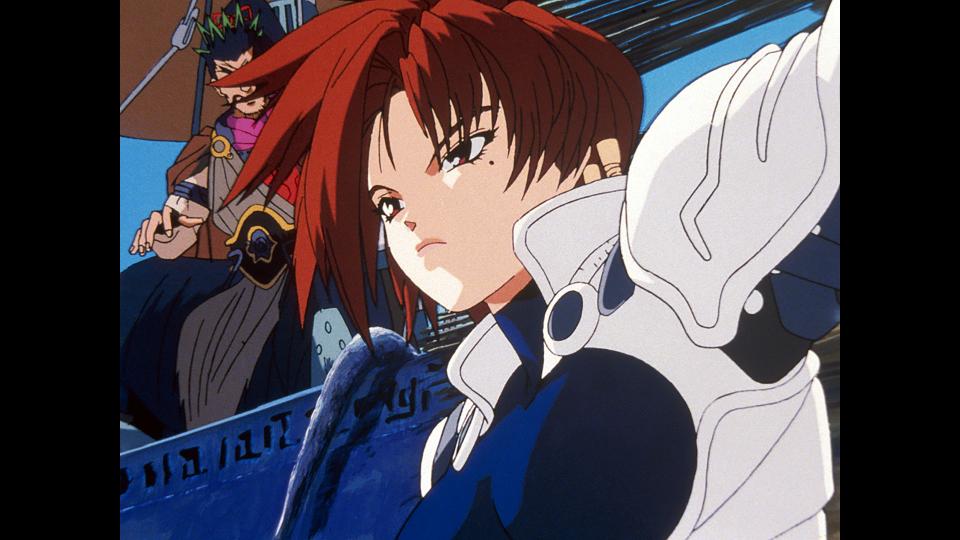Your Cart is Empty
Artists

IRIA: ZEIRAM THE ANIMATION” Review
April 01, 2019 2 min read 0 Comments
“Iria: Zeiram the Animation” which had been released Japan in 1994, provides a six-episode prequel OVA (original video animation) to “Zeiram” — conceptualist Keita Amemiya’s 1991 cult tokusatsu favorite. Directed by Tetsuro Amino (“Macross 7”), rookie bounty hunter Iria is tracking down Zeiram, a monstrous creature that’s equally Alien, Predator, Terminator, and chambara swordsman (the odd-shaped head is an allusion to the hats seen in old samurai films). Zeiram obviously wears influences on its sleeve, so much so that much of the story feels derivative (dastardly corporations want to control Zeiram ala “Aliens;” a steely woman is pursued by a seemingly indestructible monster, not unlike Terminator’s Sarah Connor and the T-800).
This series being a prequel, you’d expect to learn something about the enigmatic intergalactic murder machine Zeiram. But other than a few tidbits of knowledge the viewer is left just as uncertain about the creature’s origin as had happened with the first “Zeiram” film. However, in “Iria,” we get to see the titular heroin grow and become more confident as a hunter and the series has her come full circle in a satisfying way, though a few plot points contradict the original live action movie.
What elevates “Iria" is its unique visual style. A worldly, tactile feeling pervades the machines and planets of Iria with visual density so that it almost feels like a precursor to “Cowboy Bebop.” And even though this is no longer a tokusatsu film, a lot of the machines, clothes, weaponry, and characters tangibly feel designed in a way that breathes life into them and makes it all feel like we’re looking into a unique and truly alien culture (albeit one governed by lots of familiar action movie tropes). It truly feels like an anime equipped with a props department.
Being an anime rather than a live action film, Iria is no longer bound by bulky costumes, and compositing effects as she leaps and shoots across the screen. Director Amino knows how to do some great action scenes. Though one area he falls short in is giving his interpretation of Iria and Zeiram the moody strange atmosphere that Amemiya did. Everything is a little too brightly lit, a little too clean. The show’s first reveal of Zeiram comes across as somewhat flat and awkwardly paced compared to how Amemiya shrouds the monster in shadow in his film. Though now the creature is much more graceful and acrobatic in anime form compared to the live action suit version. There are also a few episodes where the animation quality takes a serious dip, particularly in episode 2, where there are quite a few scenes with people running in fear from Zeiram that are just still images with screaming played over them.
“Iria’s” character designs come from Masakazu Katsura (“Video Girl Ai”). A frequent collaborator with Amemiya, Katsura knows how to definitely put his mark on the character designs but also retain a faithfulness to Amemiya’s original live-action vision. “Iria” embodies a visual aesthetic in anime that played out its course from the early to late ‘90s.
Subscribe
Sign up to get the latest on sales, new releases and more …
